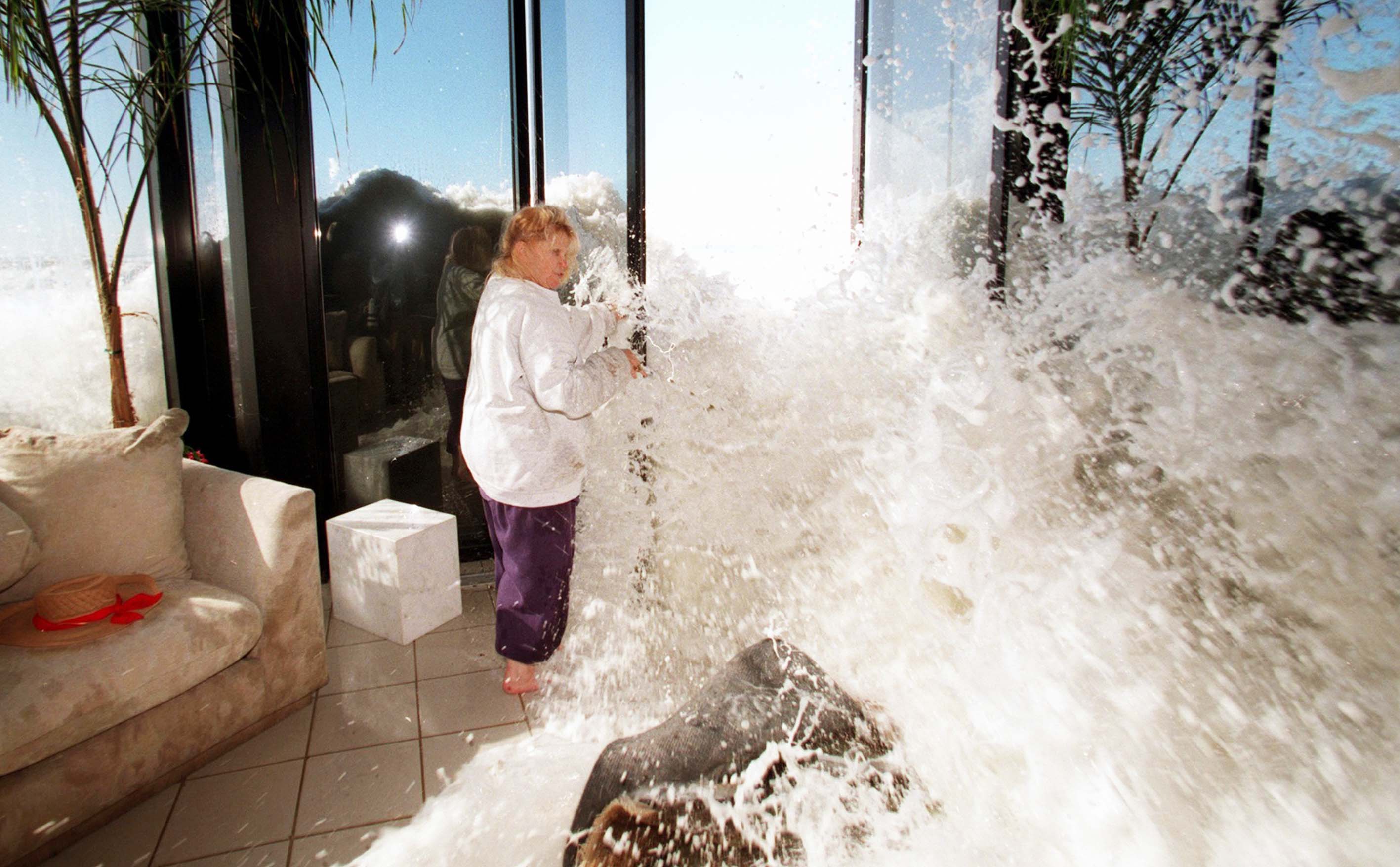Despite the above average humidity levels indicating El Niño’s approach, California State University, Long Beach students and faculty have little to worry about as the storm nears, according to Gwen Goodmanlowe, a marine biology advisor at CSULB.
Most buildings on campus that flooded during the 1996 and 1997 El Niño storms have been taken care of by now, Goodmanlowe said.
CSULB landscaper Ignacio Escobedo Jr. said that wherever a downslope is present on campus, a drain is placed nearby to catch any excess water during storms or flooding. He said that unless there is too much water in the ditches, the campus should not flood.
But, Goodmanlowe also said that the rain would have no positive impact on restoring the ground water either.
“Our soil is compacted and most of the water will run off,” Goodmanlowe said.
As a result, this means that mudslides may occur, Goodmanlowe said.
In preparation for the storm, construction workers recently finished scaffolding the roof of the University Student Union to help prevent leaks, Escobedo said.
According to NOAA, El Niño continued to build over this summer and will most likely persist through the winter at record-breaking strength. El Niño’s tropical pacific climate pattern occurs due to weakening-near-surface easterly winds that allow surface waters to warm.
“It physically stratifies the water separating the warm from the cold and happens very slowly – an 18 to 36 month cycle,” Nguyen said. “It will alleviate the drought but unless it causes a flood like the one we had in Texas, it won’t be the cure.”
The development of the storm involves a mass of warm-growing surface water that expands over a cooler current, trapping oxygen underneath, Professor Kevin Nguyen, an oceanographer and professor at Saddleback College, explained.
“[The horrible thing about environmentalists trying to collect water is that] pure rain water is drinkable, but overtime it’s proven to be unsanitary,” Nguyen said.
Nguyen also said that Bruce Lee, the name given to this El Niño by NOAA, may also cause ripples in food production, tropical cyclones in the east, and higher coffee prices from the bean production in Columbia.




